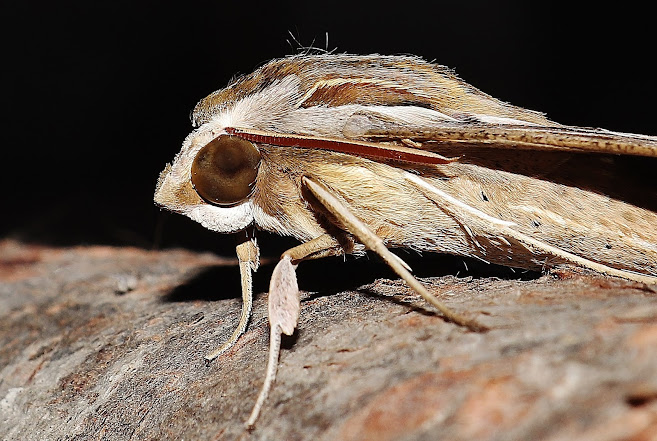See also
All about Cyprus - Όλα για την Κύπρο
The citrus leafminer (Phyllocnistis citrella) is a moth of the family Gracillariidae. It is also known as CLM in agriculture. It was described by Henry Tibbats Stainton from India in 1856. It was first found in Florida, United States, in 1993, but is now found all over the world, including Argentina, Australia, Brazil, China, Corsica, Costa Rica, Cuba, India, Israel, Madeira, Malaysia, Mauritius, Mexico, the Philippines, South Africa, Spain, Sri Lanka and other parts of the United States.The wingspan is about 5 millimetres (0.20 in).The larvae are considered a serious agricultural pest on Citrus species, such as Aegle marmelos, Atalantia, Citrofortunella microcarpa, Citrus limon, Citrus paradisi, Citrus maxima, Fortunella margarita, Murraya paniculata and Poncirus trifoliate. Larvae have also been recorded on Garcinia mangostana, Pongamia pinnata, Alseodaphne semecarpifolia, Loranthus and Jasminum sambac. They mine the leaves of their host plant. The mine consists of a long epidermal corridor with a well-marked central frass line. The mine is mostly lower-surface, but sometimes upper-surface, and rarely on the rind of the developing fruit. Citrus leaf miner larvae are thus protected from many topic insecticide treatments. Pupation takes place in a chamber at the end of the corridor, under an overturned part of the leaf margin.
Citrus leafminer (CLM) are native to Asia and are found throughout the continent and beyond. Japan, the Philippines, New Guinea, India and Taiwan are some of the countries in which the pest is distributed. The pest is not exclusively found in these countries having spread to nearly every citrus growing area in the world. Recent spread into North and South America was reported in the early 1990s. This is especially important because major citrus growing operations are found in Brazil and the US. These two countries account for half of the world's citrus production From https://en.wikipedia.org/wiki/Phyllocnistis_citrella
Photos Strovolos / Demetris Kolokotronis 06.09.22




.JPG)
.JPG)
.JPG)





.JPG)




.JPG)

.jpg)










%20(H%C3%BCbner,%201803)%20%20%CE%A4%CE%B7%CF%82%20%CE%BF%CE%B9%CE%BA%CE%BF%CE%B3%CE%B5%CE%BD%CE%B5%CE%AF%CE%B1%CF%82%20Noctuidae.png)

%20%CE%A4%CE%B7%CF%82%20%CE%BF%CE%B9%CE%BA%CE%BF%CE%B3%CE%B5%CE%BD%CE%B5%CE%AF%CE%B1%CF%82%20Geometridae.png)